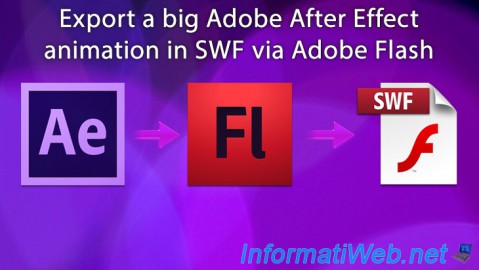

This is useful for animations that move in a single place, such as rotations.

Select the object or group that you want to animate. To open the Animation panel, choose Window > Interactive > Animation. The primary controls for animations are applied using the Animation panel. After you have applied a preset, you can then modify the actions of the animation. The easiest way to animate objects is to use the animation presets that ship with InDesign. See Chapter 5, “Tablet Apps” for more information on using this option.
#Swf file player adobe settings code
However, there is a terrific plug-in called in5 from Ajar Products that lets you turn InDesign animations into HTML code that can be easily added to DPS projects. Unfortunately that is not possible at this time. With animations, childrens’ books can have animated characters, travel books can show routes along maps, and textbooks can show various articles on a single page. Today, the main use of InDesign animations is for fixed layout ePubs. However, as you will see, there are a wealth of ways to move objects around the page. You can’t have just a single paragraph, such as a bullet point, move onto the page each bullet point in the text would have to be in its own frame. You can apply animations only to whole frames. Most of our favorite animations simply move a text frame or image onto a page. (See the sidebar “Exporting InDesign animations” on this page.) Basic Animation Settings However, the output options for animated elements are limited. We like this better than leaving InDesign to work with Adobe Edge Animate. Illustrations can come to life.Įven if you’ve never created any sort of video or animation, it’s easy to apply motion effects to InDesign elements. Objects can jump up and down for emphasis. Images and text can magically appear and disappear on the screen. It’s the same creating animations for presentations and displays. Kids have fun watching cartoon characters run, jump, and fly around the screen. It’s hard to find anyone under 65 who didn’t grow up watching cartoons on television.


 0 kommentar(er)
0 kommentar(er)
